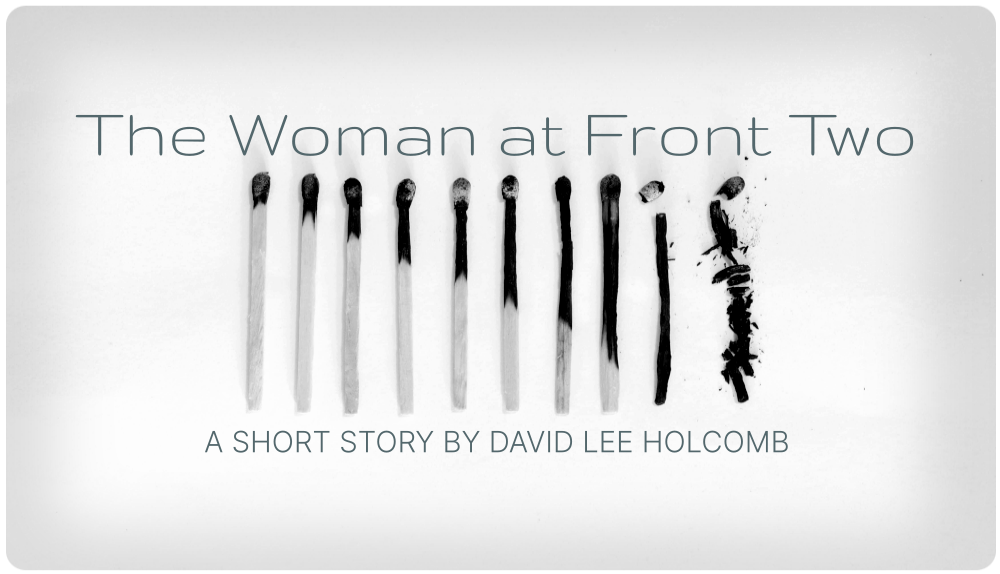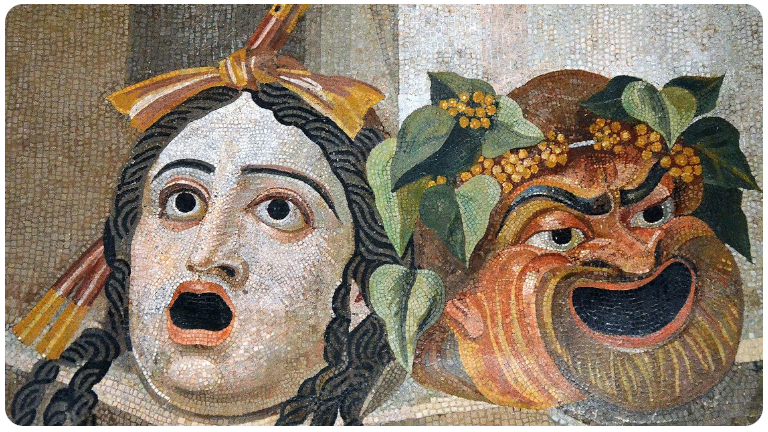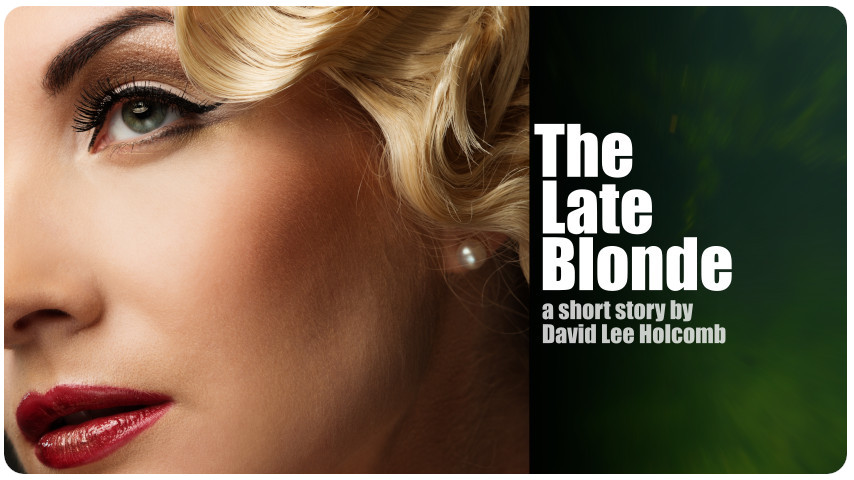Category: My Work
-

“The Woman At Front Two”
•
The woman at table Front Two does not look happy. This seems wildly unfair, given that she is…
-

“Prissy’s Mother”
•
No one called “Prissy” by friends and foes alike could possibly be anything other than a bratty child.
-

Good, gooder, goodest.
•
Way back in 1770 the French philosopher, historian, and poet Voltaire wrote that “Perfect is the Enemy of…
-

In the Mood
•
In a twenty-two-year-old farm boy from rural Alabama, barriers to comprehension were high. It didn’t take me long…
-

Bonfire of the Vanities
•
The market value of the works that Richter is known to have obliterated is estimated at somewhere around…
-

Seeing it all in black and white.
•
In black and white, structure becomes clearer; light and shadow take on more meaning. Detail can become clinical,…
-
Nothing if not critical …
•
It’s easy to forget sometimes that the work of creating art is not like putting in a new…
Recent Posts
Social Media & Email
Sign up for email notifications!
Click here to get on my mailing list for advance info and excerpts from upcoming work and events. Just put “Mailing List” in the subject line.





